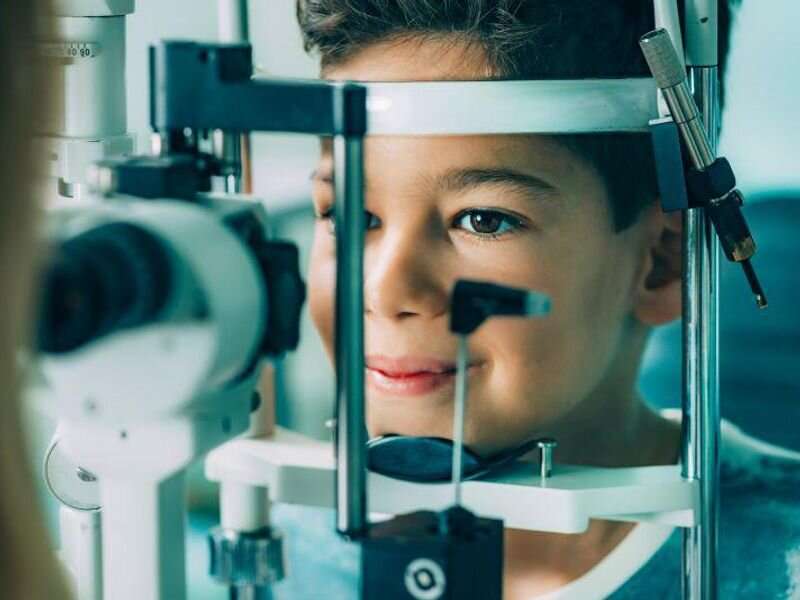Glaucoma-related adverse events common after pediatric lensectomy

Glaucoma-related adverse events are common among children in the five years after undergoing lensectomy, according to a study published online Feb. 16 in JAMA Ophthalmology.
Erick D. Bothun, M.D., from the Mayo Clinic in Rochester, Minnesota, and colleagues examined the cumulative incidence of glaucoma-related adverse events and factors associated with the risk for these events in the first five years after lensectomy among children aged 12 years or younger. Data were included for 810 children (1,049 eyes); 443 eyes of 321 children were aphakic after lensectomy and 606 eyes of 489 children were pseudophakic.
The researchers found that the five-year cumulative incidence of glaucoma-related adverse events was 29 percent in the eyes with aphakia and 7 percent in the eyes with pseudophakia; 7 and 3 percent of the eyes with aphakia and pseudophakia, respectively, were diagnosed as glaucoma-suspect. Among aphakic eyes, the risk for glaucoma-related adverse events was increased in association with four of eight factors: age younger than 3 months, abnormal anterior segment, intraoperative complications at time of lensectomy, and bilaterality (adjusted hazard ratios, 2.88, 2.88, 2.25, and 1.88, respectively). Neither laterality nor anterior vitrectomy were associated with the risk for glaucoma-related adverse events for pseudophakic eyes.
“Clinical practice would benefit if future research could develop supporting guidelines regarding the frequency of follow-up visits, postoperative management, and ancillary diagnostic testing for pediatric patients with aphakic eyes in the first year of life,” writes the author of an accompanying editorial.
One author disclosed financial ties to Alcon, and a second disclosed ties to Qlaris Bio.
More information:
Erick D. Bothun et al, Incidence of Glaucoma-Related Adverse Events in the First 5 Years After Pediatric Lensectomy, JAMA Ophthalmology (2023). DOI: 10.1001/jamaophthalmol.2022.6413
Eric Crouch, Glaucoma Considerations in Pediatric Cataract Surgery, JAMA Ophthalmology (2023). DOI: 10.1001/jamaophthalmol.2023.0001
Journal information:
JAMA Ophthalmology
Source: Read Full Article



